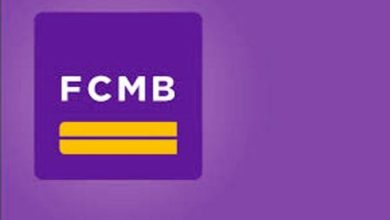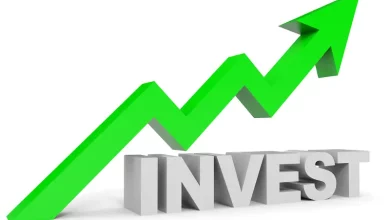How to Create a Debt Repayment Plan
Creating a debt repayment plan is the first step to getting out of debt and improving your financial health. A debt repayment plan is a roadmap that shows you how you will pay off your debt, how long it will take, and how much money you will need to pay each month.
To create a debt repayment plan, follow these steps:
- List all of your debts: This includes the name of the creditor, the balance of the debt, and the interest rate.
- Prioritize your debts: Not all debts are created equal. Some debts, such as credit cards, have higher interest rates than others. When you’re paying off debt, it’s important to prioritize your debts so that you’re paying down the most expensive debts first.
- Set a budget: Once you know how much debt you have and how much interest you’re paying, you need to create a budget. This will help you track your income and expenses so that you can see where your money is going and how much money you have left over each month to pay towards your debt.
- Calculate your monthly payment: Once you have a budget, you can calculate how much money you can afford to pay towards your debt each month. This will depend on your income, expenses, and other financial obligations.
- Create a repayment schedule: Once you know how much money you can afford to pay towards your debt each month, you can create a repayment schedule. This will show you how long it will take you to pay off your debt and how much money you will need to pay each month.
There are two main methods for prioritizing your debts: the debt snowball method and the debt avalanche method.
Debt snowball method: With the debt snowball method, you focus on paying off your smallest debts first. This can help you stay motivated and on track, as you’ll see progress quickly.
Debt avalanche method: With the debt avalanche method, you focus on paying off your highest interest rate debts first. This can save you the most money in interest overall, but it may take longer to see progress.
FAQs
Q: How long will it take me to pay off my debt?
A: The amount of time it takes to pay off your debt will depend on a number of factors, including the amount of debt you have, your interest rates, and how much money you can afford to pay towards your debt each month.
If you only make the minimum payments on your debt, it can take many years to pay off your debt. However, if you pay more than the minimum payment and prioritize your debts, you can pay off your debt much faster.
Q: What is the best way to prioritize my debts?
A: There are two main methods for prioritizing your debts: the debt snowball method and the debt avalanche method.
With the debt snowball method, you focus on paying off your smallest debts first. This can help you stay motivated and on track, as you’ll see progress quickly.
With the debt avalanche method, you focus on paying off your highest interest rate debts first. This can save you the most money in interest overall, but it may take longer to see progress.
Q: Can I negotiate with my creditors?
A: Yes, you can negotiate with your creditors to lower your interest rates or monthly payments. This is often easier to do if you’re willing to make a lump sum payment.
If you’re struggling to make your debt payments, don’t be afraid to reach out to your creditors and see what they’re willing to do to work with you.
Q: Where can I get help with my debt?
A: If you’re feeling overwhelmed by your debt, there are a number of resources available to help you. You can contact a credit counselor or debt management company for professional help.
You can also find helpful information and resources online and through your local library.
Creating a debt repayment plan is the first step to getting out of debt and improving your financial health. By following the steps above, you can create a plan that will help you reach your financial goals.




